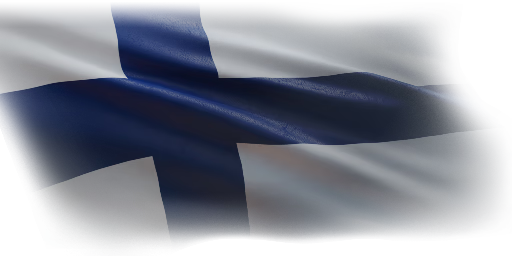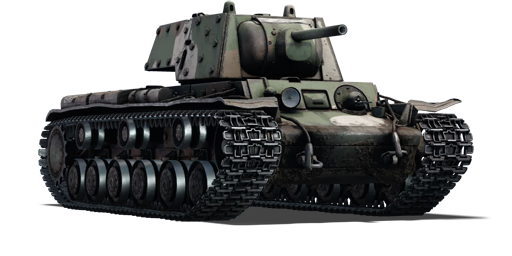



The KV-IB (Germany) is one of the two Finnish captured KV-1 tanks from the Soviet Union during the Finnish-Soviet conflicts. This KV-1E (model 1940) that the Finns seized near Solomennoye, Petrozavodsk at the beginning of the Continuation War. Following the German designation of KV-1B, the Finns gave it the index number Ps. 272-1 and the nickname "Klimi". The Finns put it into service in early 1942. It was one of the few modern tanks that the Finns had at that time, but it had many problems. The tank crew had poor visibility, and the tank had many technical issues that made it unreliable. The Finns also lacked spare parts, so maintenance often stretched long times. The tank saw little action in the Lapland War, after which it transferred to the Training Battalion of the Tank Brigade on October 31, 1944. The Finns did not use it much after the war, even though they kept it until 1955. Both KV-1 tanks that the Finns captured are still in the Parola Tank Museum today.
It was first unveiled in the game in Update 1.41.27. The KV-1B is identical to the Soviet KV-1E. It has extra armour plates welded to its hull and turret. The 76 mm F-32 gun is not the strongest, but it can still pack a punch with its well-filled APHEBC or HE shells. The turret rotation is slow and the mobility is average. The front and side armour is very thick, except for the weak spots on the gun mantlet and the small turret cheeks. The KV-1B is a formidable tank at its rank.
The KV-IB has been available a handful of times throughout its history, but relatively difficult to attain each time, making it one of the rarer vehicles in-game. It was first obtainable by purchasing select MSI products in Russia. In 2015, an event known as "Summertime Madness" had the KV-1B available to be obtained as a prize. The vehicle has since been available to be obtained via events, such as the March 2016 "War Thunder:100" team deathmatch event and the Warbond shop in the 4th, 5th, and 6th War Thunder anniversary. Aside from these events, it is not available in-game or via the gift shop.
| Ammunition | Type | Armor penetration (mm) at a distance: | |||||
|---|---|---|---|---|---|---|---|
| 10 m | 100 m | 500 m | 1000 m | 1500 m | 2000 m | ||
| APHEBC | 77 | 76 | 69 | 62 | 55 | 49 | |
| HE | 11 | 11 | 10 | 10 | 10 | 10 | |
| Shrapnel | 35 | 34 | 30 | 25 | 22 | 18 | |
| APHEBC | 87 | 85 | 76 | 67 | 58 | 51 | |
| Belt | Belt filling | Armor penetration (mm) at a distance: | |||||
|---|---|---|---|---|---|---|---|
| 10 m | 100 m | 500 m | 1000 m | 1500 m | 2000 m | ||
| AP-I/API-T | 13 | 12 | 7 | 3 | 2 | 0 | |







 2 x (85 / 125 / 135) %
2 x (85 / 125 / 135) % 
 2 x 148 %
2 x 148 % 

Mobility | |
|---|---|
Protection |
|---|
Firepower | |
|---|---|